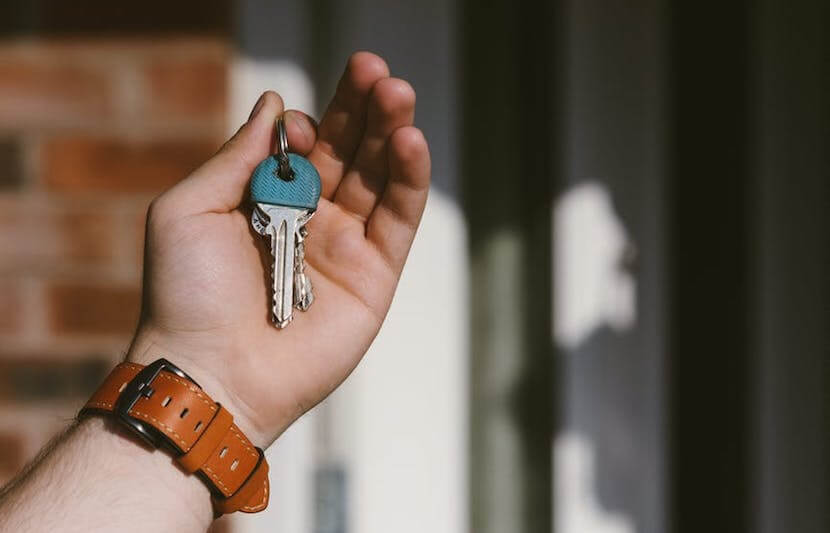To what extent do people control their own actions? Most people would contend that their motor behavior is fully in their own control, but a new study by researchers at the University of Plymouth suggests otherwise.
Everybody has slip-ups in their everyday behavior.
Consider, for example, putting away your keys in the fridge and leaving milk out on the side, or responding “yes” when asked by a cashier if you want to “eat in or take out.”
Many would explain away these behaviors as simple mistakes or random errors.
“The interesting thing is that these errors are not really random, but follow a pattern dependent on what we were thinking or cues in the environment,” said James Colton, a doctoral student at the University of Plymouth and lead researcher of the study.
Colton and his team found that action is highly dependent on mental imagery. So dependent, in fact, that if a person is given a strong enough mental image, they can be compelled to make a completely involuntary movement.
“A longstanding theory in the psychology of action (ideomotor theory) claims that all behaviour is controlled by mental imagery,” said Colton. “However, no one had tested whether inducing a really strong mental image could make people produce behavior they consciously intended.”
The researchers decided they would be the first. They organized an experiment in which the participants (32 university students) were asked to imagine tapping their finger in time with a metronome. The catch: stay completely still and don’t tap your finger.
As they visualized this action, images would flash before them.
Some depicted a finger tapping, while others depicted a different movement, such as a finger pressing a key. The participants were asked to try to ignore these images and remain completely still.
Just as the theory predicts, the participants had trouble keeping their fingers still and were recorded tapping their fingers on occasion over the course of the experiment.
Notably, they were found to be more likely to tap their fingers when they were presented with an image of somebody tapping their fingers. This suggests that the visual cue strengthened the effect of the mental imagery on behavior.
The findings shed light on the mechanisms behind human behavior and motor behavior.
“These findings are a step change for our understanding of how humans control their own actions, and why they sometimes fail to do so,” Colton said in a statement. “They do not necessarily represent a form of ‘mind-control,’ but show that our actions typically follow whatever we imagine.
“This means that simply bringing up the correct mental image will make us act in the way we want. However it also means that when we accidentally picture other actions, such as during multitasking, it may cause us to act in a way we do not intend, and this may feel involuntary.”
The findings also reveal a tie between the inability to control voluntary actions and more mysterious involuntary behavior that occurs under hypnosis or when using a Ouija board — an effect known as ideomotor phenomena.
Colton said that the idea for the study was initially sparked by an interest in the psychology of ideomotor phenomena.
“The common elements in these examples are that people have to conjure a vivid mental image of a particular action (such as imagining the feeling of their hand getting lighter during an arm raising suggestion) and that any movements are attributed to some external, rather than internal, cause (such as the hypnotist compelled you to move),” Colton said.
In other words, strange behaviors when using Ouija boards or under hypnosis, can be understood as a result of the subject’s own expectations and mental imagery.
By showing a clear link between mental imagery and involuntary behavior, the study provides further evidence for this explanation.
The study is the first in a series of studies Colton undertook as part of his doctorate. They have run further studies to see how action observation and mental imagery interact to produce involuntary behavior.
In other studies, they manipulated the original study to see if participants’ susceptibility to hypnosis or sense of self-awareness and agency during the experiment had any effect on the results.



